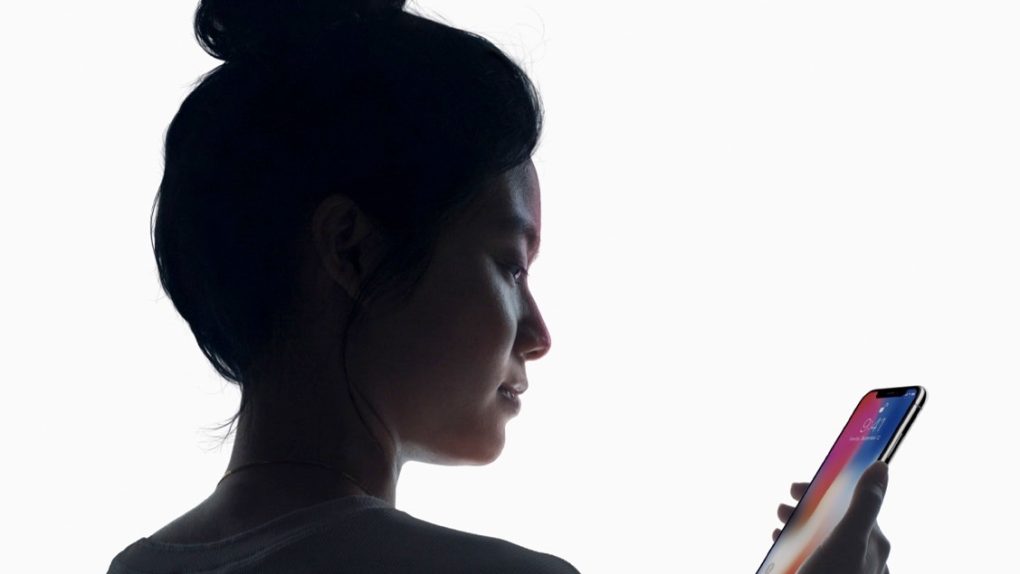I recently told you that I can’t defend the notch because of the user experience. Face ID, that I can defend. Whether you like it or not, Face ID is a step towards the future of computing. But assuming that Apple’s Face ID will deliver an experience just on par with what’s available on the newest Android phones that support facial recognition is a massive error is a mistake many Android fans will make.
Apple has been working on iPhones for 13 years, and has launched at least one new model every year for X years — that’s ten in Apple lingo. You don’t have to be an iPhone user to know that Apple will not ship unfinished products or experiences just for the sake of being the first to do it.
The iPhone X is not a Galaxy S8 or Note 8 (whose facial recognition tech can be hacked with a picture). Apple has been working on this for at least four years if not more. The company acquired PrimeSense in 2013, the company who licensed the Kinect technology to Microsoft. But it only launched Face ID when it thought it would deliver the same seamless experience as Touch ID.
That’s why I think ArsTechnica’s Ron Amadeo is wrong to assume that the Face ID experience is going to “suck,” by likening it to what happens on Android.
“Face ID on the iPhone X uses a ‘TrueDepth’ camera setup, which blasts your face with more than 30,000 infrared dots and scans your face in 3D. Apple says this can ‘recognize you in an instant’ and log you into your phone,” he writes. “None of that matters. Face ID is still going to suck.”
Yes, all of that matters because nobody else in the industry does it right now. It’s that tech that will make Face ID incredibly fast. That tech not only secures Face ID against photo hacks, but it also makes it really fast.
It’s probably what convinced Apple to go Face ID-first and ditch Touch ID in the process. Remember, Touch ID is already incredibly fast. It’s so fast that many complained it unlocks the screen too fast and they can’t even glance at notifications.
“This is not the first phone we’ve tried with a facial recognition feature, and they all have the same problem. It doesn’t matter how fast or accurate Face ID is, the problem is the ergonomics: you need to aim it at your face,” he continued. “This is slow and awkward, especially when compared to a fingerprint reader, which doesn’t have to be aimed at anything.”
I realize many of you may share his concerns. But iPhone. Is. Not. Android.
Others have tried fingerprint sensors on Android before Touch ID arrived on the iPhone 5s, but it’s Apple’s solution which got praising reviews. Remember the Motorola Nexus 6 whose design suggested Motorola wanted to place a fingerprint-sensor on it? A while after the phone was launched, a top Motorola exec admitted that Motorola was interested in the technology, but Apple got the best solution available at the time.
I will agree with Amadeo that Touch ID may be faster. But only slightly so.
“To use the iPhone X’s Face ID, you have to take the phone out of your pocket, lift it up to your face, swipe up to turn it on, and only then can you start the unlock process,” he said. “The difference is probably one or two seconds, but for something you do 80 times a day, having the fastest possible unlock system really matters.”
In practice, it won’t take that long. Just as I’m used to pressing the home button while in my pocket, I’ll get used to swiping the screen so that, by the time Face ID can read my face the phone gets instantly unlocked.
Remember, whether we use facial recognition on any smartphone or not, we still have to stare into the screen to make everything work.
He then goes on to say that Apple Pay experience might similarly be affected by Face ID’s slowness.
“I can’t imagine Face ID won’t feel like a big step backwards compared to Touch ID. If my experience with the Galaxy S8 is anything to go by, I suspect a lot of users will just opt to type in a PIN.”
Amadeo did admit he did not try Face ID. Neither did I. It’s just that I know something Android fans seem to fail to grasp: iPhone. Is. Not. Android.








